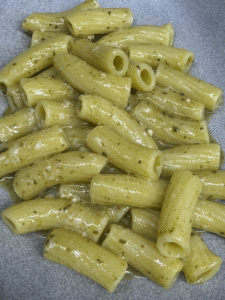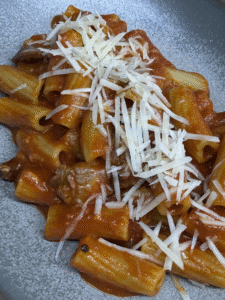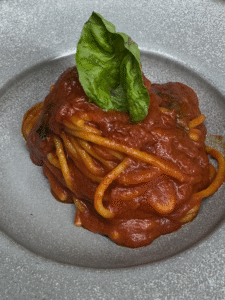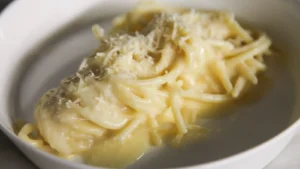Spaghetti alla Carbonara is one of Italy’s most iconic pasta dishes, beloved around the world for its rich, comforting flavor and simple yet elegant ingredients. But while it may taste like a recipe handed down for centuries, its history is surprisingly recent.
Born in the Shadows of War
The most widely accepted origin story dates back to around 1944, during World War II. As American troops arrived in Italy, they brought with them military rations such as powdered eggs and bacon. Roman cooks, resourceful and inspired, began blending these new ingredients with their own—pasta and local pecorino cheese—to create what would become known as Carbonara.
This unique fusion of American supplies and Italian culinary tradition gave birth to a dish that quickly captured the hearts (and appetites) of locals and visitors alike.
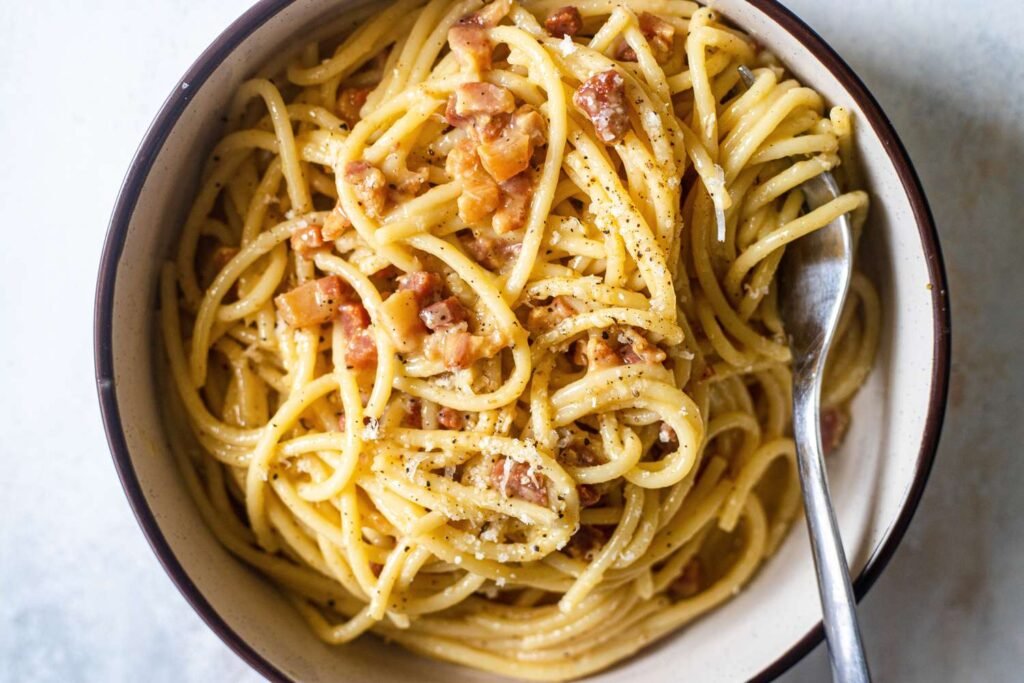
Why “Carbonara”?
The name Carbonara is believed to be linked to the carbonari, or charcoal workers, who lived and worked in the Apennine Mountains. Legend suggests that this hearty, high-energy meal was perfect for sustaining them through long, grueling workdays. Its simplicity, accessibility, and ability to satisfy made it a favorite among working-class communities—and later, the world.
A Roman Symbol, a Global Favorite
Despite its relatively short history, Spaghetti alla Carbonara has become a cornerstone of Roman cuisine and a shining example of Italy’s ability to turn humble ingredients into culinary masterpieces. Traditionally made with just pasta, eggs, pecorino cheese, guanciale (or pancetta), and black pepper—without cream—Carbonara’s authenticity is fiercely protected by Italian food purists.
Today, it stands not just as a delicious dish, but as a symbol of resilience, creativity, and the cultural blend born from a moment in history. Whether enjoyed in a trattoria in Rome or cooked in a home kitchen abroad, Carbonara continues to bring people together through its timeless taste and compelling story.


